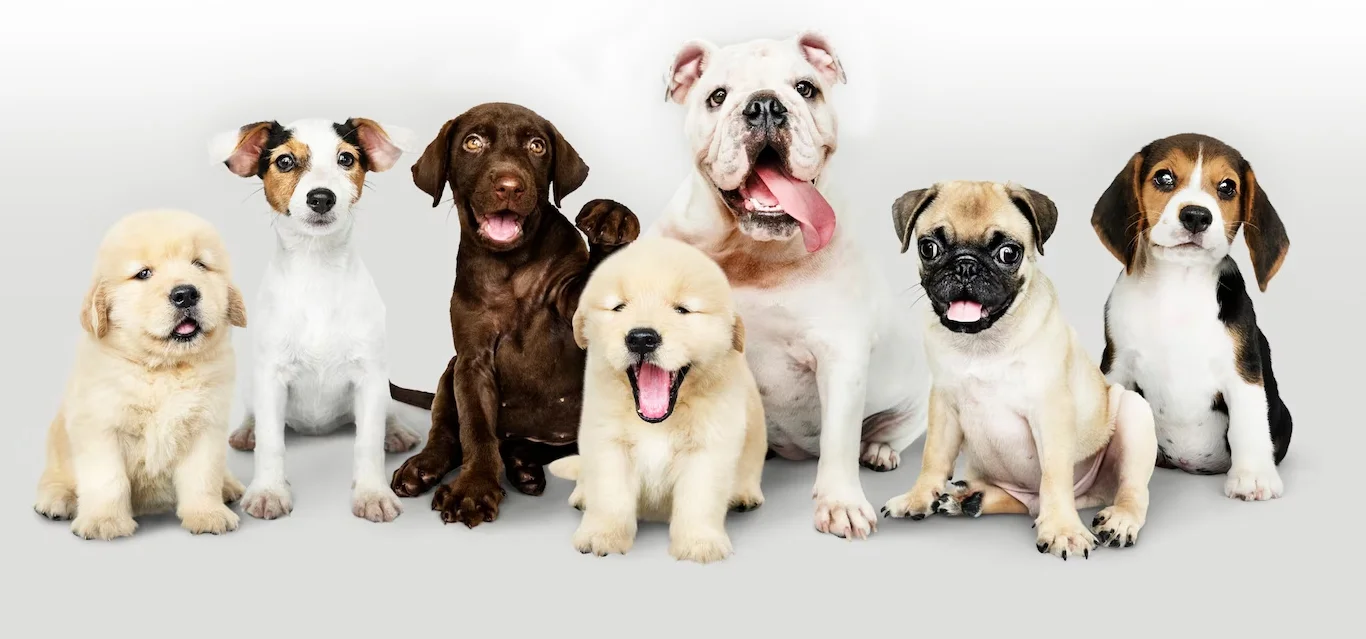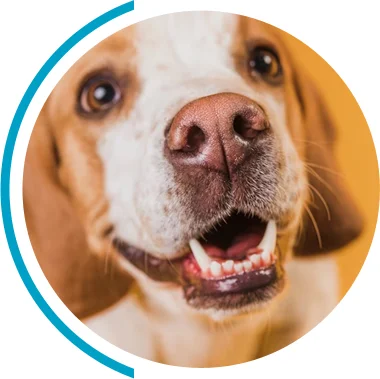Dog aggression is a complex issue that many pet owners encounter. It can lead to challenging situations and necessitate effective training strategies for resolution. This article discusses the Coarsegold Training method, specifically designed to manage and rehabilitate aggressive behaviors in dogs.
Before delving into the specifics of Coarsegold Training, it’s crucial to understand what constitutes dog aggression. Aggression can manifest in various forms, including barking, growling, snapping, or biting. Recognizing the nuances of these behaviors lays the foundation for effective training. It’s important to remember that aggression is often a symptom of underlying issues rather than a personality flaw. By addressing these root causes, owners can foster a more harmonious relationship with their pets.
Dog aggression can stem from numerous factors. Some of the most common causes include:
Additionally, medical issues can also play a significant role in aggressive behavior. Pain or discomfort from health problems can cause a normally docile dog to react aggressively. For instance, a dog suffering from arthritis might snap when touched in a sensitive area. Therefore, it is essential for owners to consider a comprehensive approach that includes veterinary assessments when addressing aggression.
Recognizing the early signs of aggression is essential for timely intervention. Common indicators include:
Understanding these signs can help owners act proactively, paving the way for better training outcomes. Moreover, it’s beneficial to observe the context in which these behaviors occur. For example, a dog may react aggressively in a crowded park but remain calm at home. This situational awareness can guide owners in implementing targeted training strategies that address specific triggers, ultimately leading to a more balanced and well-adjusted pet.
Coarsegold Training is rooted in specific principles designed to alter aggressive behavior through structured and compassionate methods. By focusing on understanding the dog’s perspective, trainers can effectively address unwanted aggression.
One of the cornerstones of successful training is consistency. Dogs thrive on routine and predictability, making it vital for owners to establish clear, consistent commands and expectations. This consistency helps reinforce desired behaviors while diminishing aggression through disciplined reinforcement.
Furthermore, all family members should be on the same page about the training methods being employed. This unified approach creates a coherent learning environment for the dog. Inconsistent messaging can confuse the dog, leading to frustration and setbacks in training progress. For instance, if one family member allows the dog on the furniture while another enforces a strict no-furniture rule, the dog may become anxious or rebellious, undermining the training efforts. Establishing a family training plan can help mitigate these issues, ensuring that everyone is aligned in their approach and expectations.
Positive reinforcement is a critical element of Coarsegold Training. This technique involves rewarding desirable behaviors with treats, praise, or playtime, which encourages the dog to repeat these behaviors. Utilizing positive reinforcement fosters a trusting relationship between the dog and owner, reducing fear-based responses and aggression.
It’s essential to catch the dog in the act of performing a positive behavior and reward them immediately, as this helps them associate good behavior with rewards more effectively. This immediate feedback is crucial, as it helps the dog understand exactly what action earned them the reward. Additionally, varying the types of rewards can keep the training engaging and exciting for the dog. For example, using a combination of high-value treats, enthusiastic verbal praise, and interactive play can cater to different motivations and preferences, making the training experience more enjoyable and effective. Over time, as the dog learns to associate positive outcomes with good behavior, the likelihood of aggressive incidents can significantly decrease, paving the way for a more harmonious relationship between the dog and its family.
Implementing Coarsegold Training requires a structured approach that includes both initial steps and more advanced techniques as the dog progresses.
Start with basic obedience commands, such as sit, stay, and come. These foundational commands not only instill discipline but also provide a mechanism for redirecting a dog’s aggressive impulses. Training sessions should be kept short and engaging to maintain the dog’s attention.
Additionally, gradually expose your dog to the stimuli that trigger aggression in a controlled manner. This may involve distance from other animals or people while practicing commands and rewarding calm behavior.
Once your dog has mastered the basics, it’s time to implement advanced techniques. These may include:
Advanced training should always prioritize safety and the well-being of both the dog and others. Working with a professional trainer who specializes in aggression issues is highly recommended.
Completing a training program does not mean the end of the journey; continued reinforcement is essential for maintaining progress in behavior modification.
Regular follow-ups help ensure that both the dog and owner maintain their training routines. This can involve setting periodic refreshers with a trainer or joining advanced classes. Reinforcement should be integrated into daily interactions, rewarding good behavior consistently to keep aggression at bay.
Coarsegold Training not only helps manage aggressive tendencies but also fosters a more satisfying relationship between the dog and owner. The long-term benefits include:
Even with a well-structured training program, misconceptions and challenges can arise. Addressing these concerns is crucial for successful outcomes.
Many myths surround dog training, particularly regarding aggression. Common misconceptions include the notion that aggressive dogs cannot be trained or that punishment is the only effective method. Understanding that compassion-based techniques like Coarsegold Training can rehabilitate aggressive dogs is vital for change.
Training an aggressive dog is not without its challenges. Owners may encounter setbacks, resistance, or frustration. It’s essential to remain patient and understand that progress may take time. Seeking professional guidance or joining support groups can provide motivation and additional resources to navigate these challenges successfully.
In conclusion, Coarsegold Training offers a promising approach to managing dog aggression, rooting itself in understanding, consistency, and positive reinforcement. By implementing these principles and addressing concerns thoughtfully, dog owners can foster a safer environment for themselves and their pets.
If you’re ready to transform your relationship with your aggressive dog and embrace a life of harmony and understanding, The Grounded Hound Canine Coaching is here to guide you. With a wealth of certifications, including CTC, ABCDT, CSAT, and SA Pro, and a deep belief in the power of Patience, Kindness, and Consistency, we are dedicated to providing you with the support and positive training methods you need. Don’t let dog aggression disrupt your life any longer. Contact Us Today and let’s build that unbreakable bridge of understanding between you and your canine companion.

